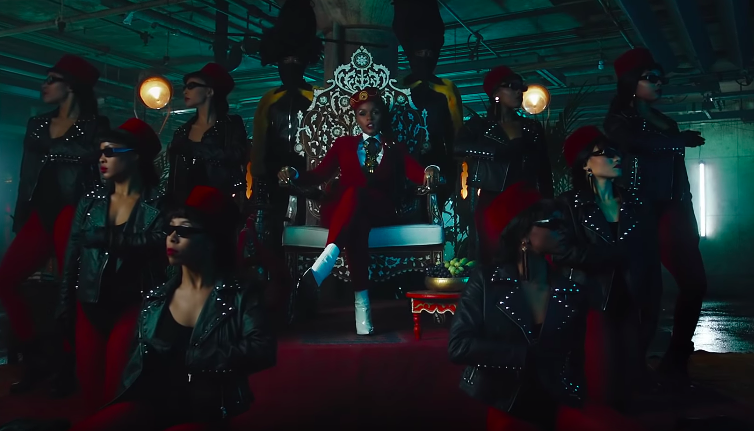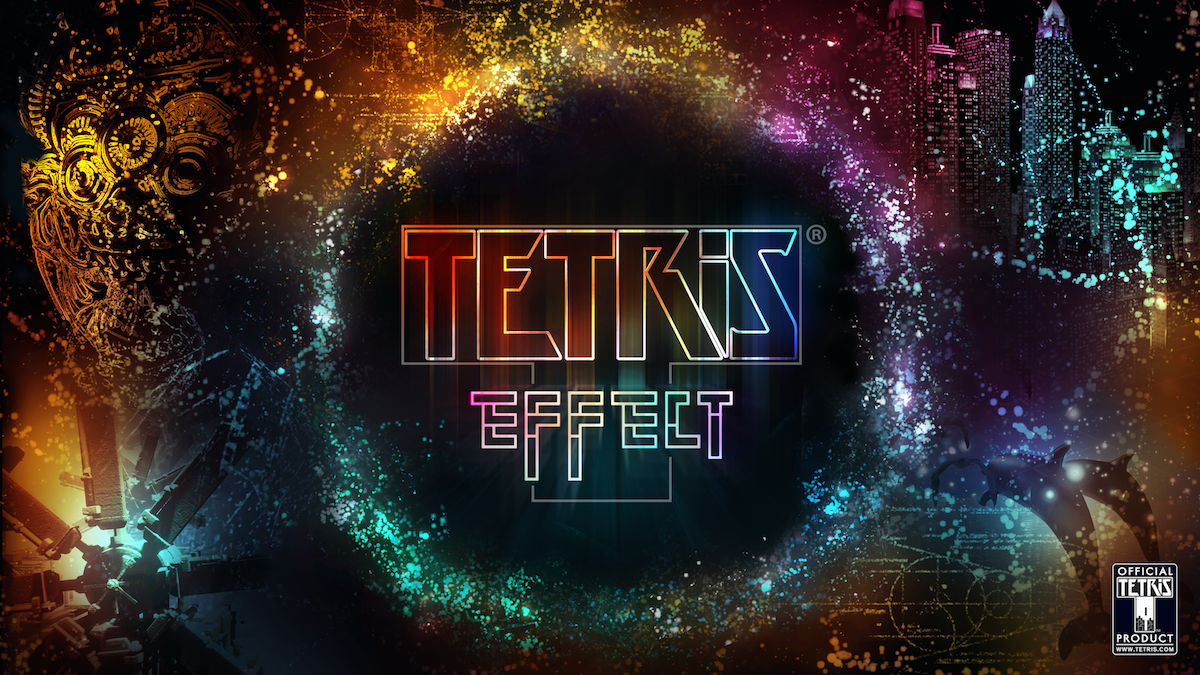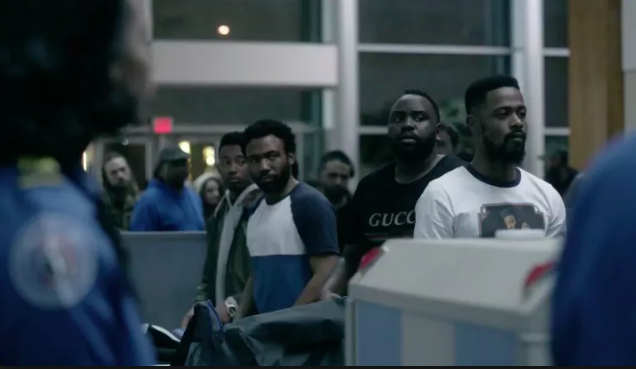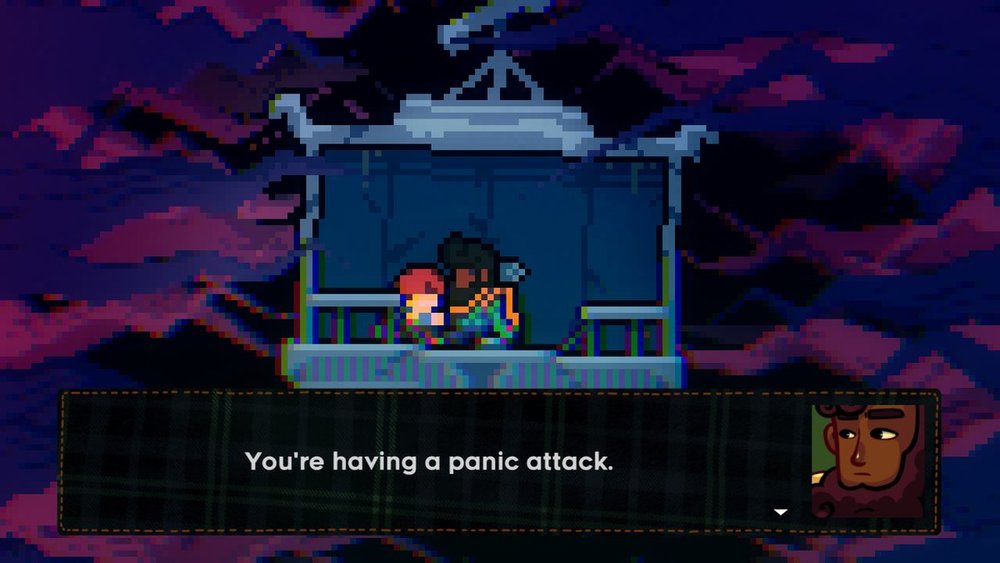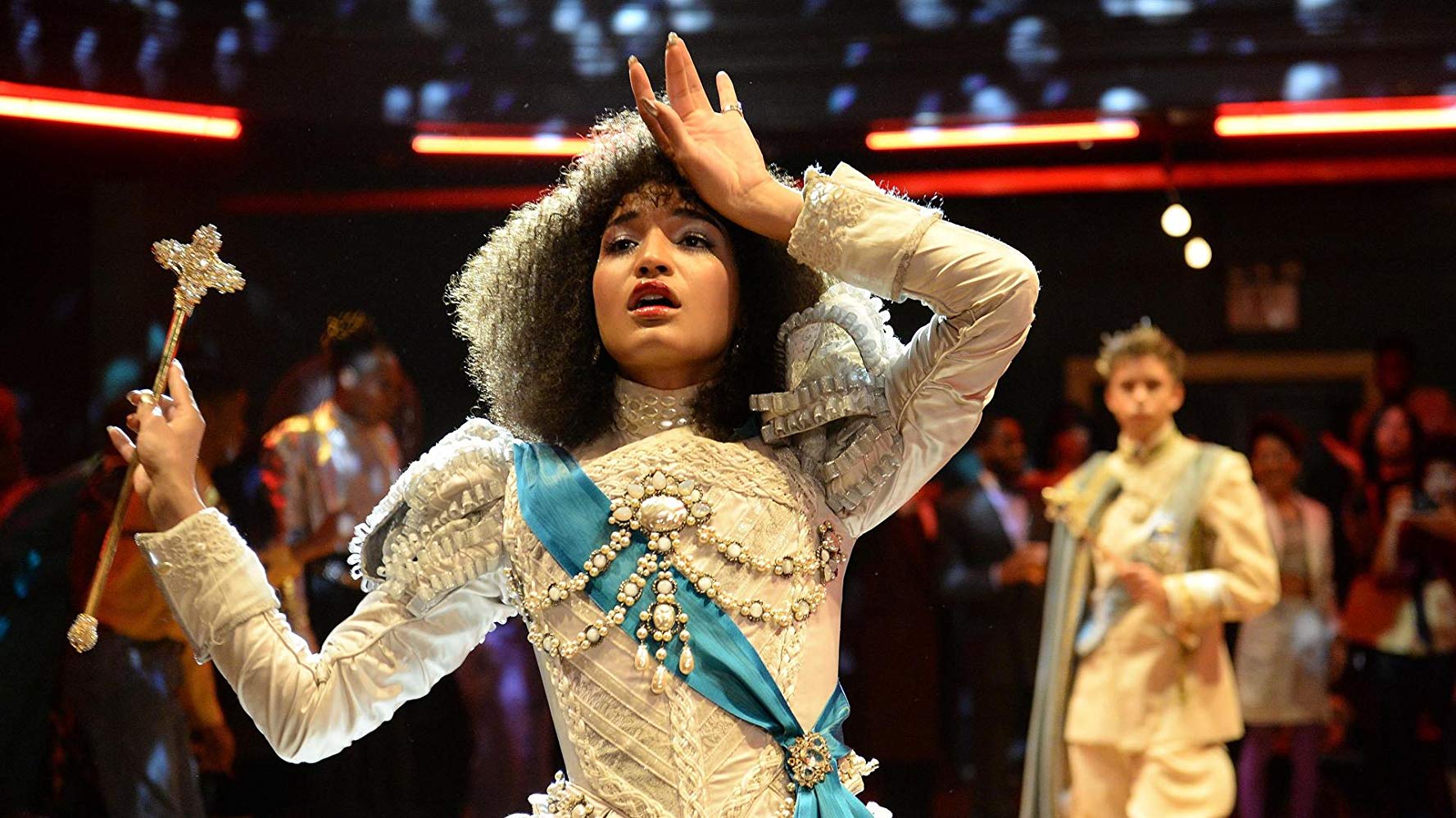Last week in Tijuana’s largest migrant shelter, I found myself advising desperate people of their increasingly bleak chances for refuge in the US. I was one of three volunteers—two of us law students, and one an immigration attorney—who had taped a paper sign offering asylum information to an awning between the filthy port-o-potties and overflowing trash cans. The camp held over 1,500 men, women, and children who had crossed Mexico as part of a “caravan” and hoped to find safety, at last, in the US. They lived in hundreds of small dome tents crammed together on the concrete ground of what had once been a roofless nightclub called El Barretal. Our stand was the only place that day where they could get US legal consultation.
That morning, on my way to the camp, I’d read a brief press release from the Trump administration announcing that migrants would be required to remain in Mexico for the duration of their asylum proceedings. No details were available yet, and I wasn’t sure what I should tell the people in the camp. I’d emailed several experienced immigration attorneys while in the car, and anxiously awaited their response. Meanwhile, one after the next, people lined up.
“Can my husband and I get asylum? What should we do?” one five-foot tall, five-and-a-half month pregnant woman, a civil engineer from Honduras, asked me. She explained that her mother-in-law had run for local office and lost, so the opposing political party had threatened to kill her whole family. “What will happen to us?”
“It depends,” I said, repeating my usual, painfully inadequate response, and explaining I could give her basic background as a volunteer with the bi-national immigration legal organization Al Otro Lado, but I was not a lawyer. To qualify for asylum, I told her, you must fear returning to your country because you have faced or will face persecution on account of your identity, meaning race, religion, nationality, political opinion, or membership in a particular social group—not just because everyone in the country is facing violence.
A few more attorneys also volunteering with Al Otro Lado had tried to enter the camp with us that day, but the camp manager told them she could not approve them until the next day—and by then they’d be back in the States.
Though I lacked details about Trump’s new policy, I knew it stood to dismantle any chance this pregnant migrant, or any other migrant in El Barretal, had at asylum. Our government has shut the door on thousands of asylum seekers desperate for safe, normal lives in the US, and has trapped them in perilous, unsanitary camps in Mexico to languish indefinitely. I’d covered immigration for years as a journalist until outrage at unjust policies drove me to begin law school this fall, but this new policy deprives people of their legal right to seek asylum more than any I’ve seen. We must hold our government accountable for its own laws—and above all, we must remember that everyone making this journey is human who deserves the basic human rights of safety, peace, and freedom.
Not only are people fleeing real threats in Central American nations where gangs, corruption, and drug trafficking rings (fueled by US demand) control governments—now they are caught in camps where they face further violence, and where health problems can be life-threatening.
There is no question that conditions here are unsafe. At El Barretal last week, I watched members of the caravan drag out a man who’d infiltrated the camp and begun harassing children. “He’s not from the caravan!” the crowd yelled as the man, fiery-eyed and seemingly drunk, puffed his chest and flailed his arms, nearly coming loose before police circled him for questioning.
I’d learned hours before that overnight, an anonymous attacker had thrown tear gas into the camp, injuring a woman. The weekend before my arrival saw the most grueling incident of all: Two unaccompanied minors, a 16- and a 17-year-old from Honduras, were tortured and killed, and their bodies were found in an alleyway in Tijuana with signs they had been stabbed and strangled. As Mexican cops investigated the crime, rumors circulated about what happened, and some youths said the culprit had lured the teens out of the camp by pretending to offer legal help. No one knew who to trust.
Unaccompanied minors face some of the gravest danger—not only because they are young and alone, but because Mexican immigration officials have begun apprehending them if they find them approaching the US border to put their names on the list of people waiting to seek asylum. The US government is legally required to grant unaccompanied minors immediate protection if they arrive at the border and are from countries other than Mexico or Canada—but US Customs and Border Protection has been turning them back instead, according to a report from advocacy organization Human Rights First.

Photo of the camp by author.
As I looked around El Barretal, where just a handful of port-o-potties service the whole population and kids play in fetid puddles, a health crisis also seemed imminent. This week, the second migrant child in less than one month died in US custody, this time of flu-like symptoms. Department of Homeland Security Secretary Kirstjen Nielsen responded by deploying medics to examine children who have just entered the US, though that is not a remedy for locking up kids in immigrant detention facilities. Meanwhile, what about everyone who must wait in camps like El Barretal for months, or even years?
The scope of this humanitarian crisis, which our government has helped create, was overwhelming—but I tried to rein in my focus, to provide the most basic asylum information. One immigration attorney I reached advised me to wait before mentioning Trump’s new policy until we knew more, and instead simply warn people they likely would face months waiting in US detention or in Mexico.
Already people knew they would be waiting—the Trump administration had created a list on which migrants must sign up at the San Ysidro port of entry, after which they take a number and wait their turn to request asylum. It’s like the DMV, though the stakes are much higher and the wait times are extreme, if not infinite. About 5,000 people are on this list, and the day of Trump’s remain-in-Mexico announcement CBP called up around just 35 (it was unclear whether those migrants would return to Mexico for their immigration cases or be processed in the US). The only way you find out how to sign up is by word of mouth—and the only way you find out what number CBP is calling is by asking other people, or by going to the border, which is about an hour’s drive from El Barretal.
There is no transport from the camp to the port of entry, except for one organization informally offering rides each morning. Al Otro Lado and other organizations are currently suing DHS for systematically depriving migrants of even the chance to apply for asylum through a variety of means, including the list, which plaintiffs say “creates unreasonable and life-threatening delays in processing asylum seekers.” Some migrants still don’t know the list exists.
“What was the last number called?” one young Guatemalan man asked us at our makeshift legal stand, and then motioned to his makeshift hygiene stand, which doled out soap and band-aids. He offered to write the number on a piece of paper and tape it to the stand. This is now basically the only way El Barretal residents can keep track of the list.
One group of a few hundred migrants had tried to stay close to the list in downtown Tijuana by the border—where the entire group had first been stationed, before conditions deteriorated and Mexican officials relocated most people to El Barretal. But at around 3 AM the morning of Trump’s new policy, the Mexican cops also cracked down: They stormed the border camp with their dogs, arresting over 20 migrants, destroying some belongings, and sent the holdouts to El Barretal. Defeated and depleted, they pitched torn tents in El Barretal’s center, squeezing into the only open corridor letting people cross the camp.
In the chaos of the crowd—music emanating from different tents, teens kicking around a soccer ball, TV news cameramen scanning the scene—people kept coming up to share their stories, to beg for a chance. I warned them I knew just a little, that the situation was in flux, and that what I wished for them was likely much different from what my government did. And I listened, imagining Honduras, where most were from, and where I’ve reported and seen whole neighborhoods empty from murders.
I met a Honduran man who pulled his shirt up to show deep scars from multiple gunshot wounds, and said gang members had killed his two brothers and told him he was next. Then I spoke with two siblings who’d been attacked for leading protests for women and children’s rights, and then a man who struggled to walk since he’d been shot in the back. I told them all they had a chance, and tried to explain the basics of asylum law, but one grew frustrated, mirroring the ridiculousness of my vague words.
“A chance of this, a chance of that, well how am I to know what to do?” he sighed.
“I’m so sorry, this is all I know,” I told him.
Needing a break from the line of questions, I took a lap around the camp, and walked to a back section designated for women and children. A few women sat at a table, and I decided to approach, asking them what they planned to do.
“Do you know anything about asylum?” I asked, to which they tentatively nodded, and then replied in silence when I asked if they had gone to put their names on the list. “What is asylum?” I asked, and they gazed back blankly, so I outlined the basics. One El Salvadorian woman stopped me with a question.
“So, two of my children were killed, and I’m here alone. Does that mean I qualify?”
It’s complicated, I explained, so we began talking more about her experience: She’d taught her children to avoid crime but two had fallen into a gang. One was killed by military police while another was killed by a rival gang member. After the second murder, police repeatedly showed up at her home accusing her of crimes, and one began to rape her other daughter before neighbors showed up at the door.
“Do you think they’ll come back for you?” I asked.
“I don’t know,” she said, “I think so.” There were so many more facts I needed, and as a first-year law student whose main immigration knowledge is through reporting, I admittedly didn’t know her odds of winning a case—particularly in this environment.
“So what do you think?” she asked again.
“I think there’s a possibility… First, have you gotten a number from the list?”
She shook her head.
“Why not?”
She just gazed down at the table, quiet. I realized she was exhausted.
“It’s very hard to lose a child,” she said, her voice staying steady but her eyes welling up. “But that’s life.”
I watched her cheeks grow wet with tears.
“Why don’t you just go get a number?” I encouraged her. “You've come this far, you have nothing to lose. It’s one more possibility, it opens a possibility.”
I spent several minutes giving her a pep talk to go get that number, though I knew the number wouldn’t be called for months, the new US policy could make that process futile, and her chances of getting asylum were incredibly slim. But she’d had enough hope to travel 2,700 miles from home to reach Tijuana, and I wanted her to keep her hope, even if it was illusory. At least it might save her sanity, for now.
“By the way, what’s your name? I asked. “Mary,” she told me.
“I’m Mary, too!” I responded: In Spanish I am “Mary,” since it’s easier to pronounce than Meredith. She touched my shoulder, smiling, and we drew each other close for a long hug. We are the same.
But then 3 PM arrived—the time the camp manager had mandated we exit. I left, US passport in my backpack, knowing the border was merely a bridge for me to step across at any hour I wished, all because of the luck of where I’d been born. Mary, along with thousands of other migrants, have lost everything and traveled nearly 3,000 miles for a chance to come here for safety. They’re so close, but our government is not even giving them a chance.
Follow Meredith Hoffman on Twitter.
from VICE http://bit.ly/2LCD0Vi
via
cheap web hosting

